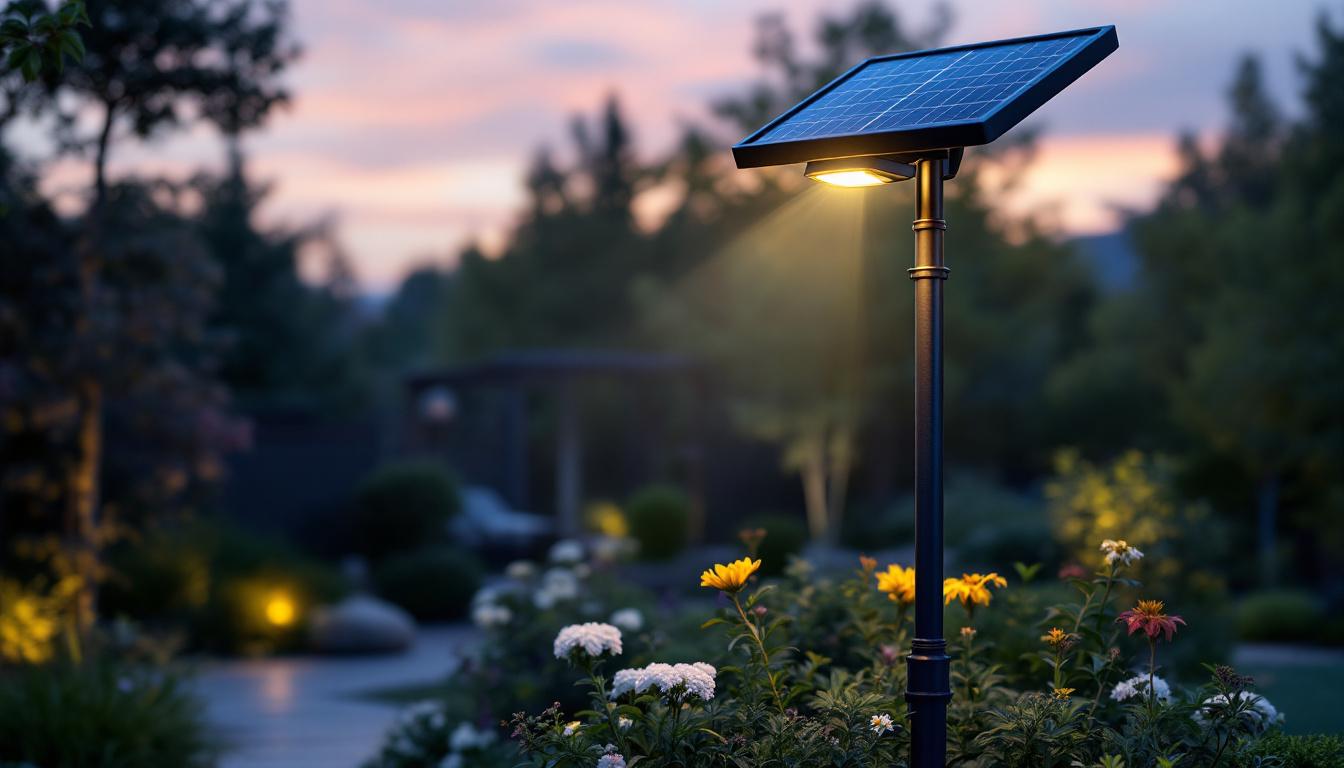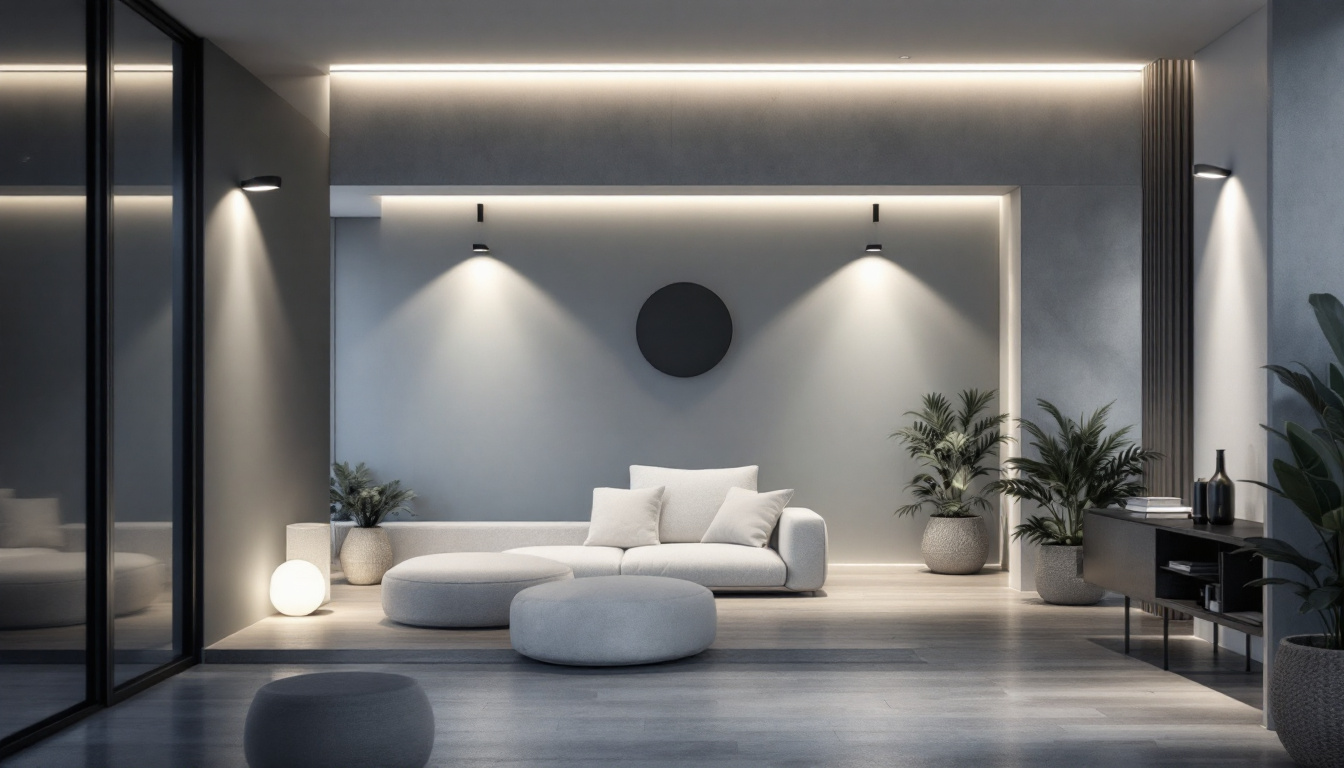
In the world of lighting design and installation, recessed lighting has become a staple for both residential and commercial spaces. Its sleek appearance and versatility allow it to blend seamlessly into various architectural styles. However, to harness its full potential, it is crucial for lighting contractors to train their teams effectively. This article delves into the essential aspects of training your team in recessed lighting, from understanding the fundamentals to mastering installation techniques.
Before delving into training methods, it is essential to ensure that your team has a solid grasp of what recessed lighting entails. This includes its components, types, and applications.
Recessed lighting systems consist of several key components: the housing, trim, and the bulb. The housing is the part that is installed into the ceiling, while the trim is the visible part that can either be decorative or functional. The type of bulb used can significantly impact the quality of light produced, making it vital for your team to understand the differences between LED, incandescent, and halogen options.
Additionally, educating your team about the various types of housings—new construction, remodel, and retrofit—will equip them with the knowledge necessary to choose the right product for each job. Understanding these components will allow your team to make informed decisions during the installation process. Furthermore, it is important to discuss the electrical requirements and safety standards associated with recessed lighting installations. This includes understanding wattage limits, circuit load calculations, and the importance of using appropriate dimmers to enhance the functionality and ambiance of the lighting setup.
There are several types of recessed lighting, each serving different purposes. General lighting, accent lighting, and task lighting are the three primary categories. General lighting provides overall illumination, while accent lighting highlights specific features, such as artwork or architectural details. Task lighting, on the other hand, is designed to illuminate work areas, such as kitchens or offices.
Training your team to differentiate between these types will enable them to recommend the most suitable solutions to clients, enhancing customer satisfaction and project outcomes. Moreover, it is beneficial to explore the various beam angles and color temperatures available for recessed lighting. A narrow beam angle can create a more focused light, ideal for accentuating features, while a wider beam angle provides a more diffused light, perfect for general illumination. Understanding the nuances of color temperature—ranging from warm to cool tones—can also help your team guide clients in creating the desired atmosphere in their spaces, whether it be a cozy living room or a bright, energizing kitchen.
Once your team has a foundational understanding of recessed lighting, the next step is to implement effective training techniques. This can involve a combination of hands-on training, workshops, and ongoing education.
Hands-on training is one of the most effective methods for teaching installation techniques. By allowing team members to practice installing recessed lighting in a controlled environment, they can gain valuable experience. Consider setting up mock installations where team members can experiment with different types of housings and bulbs.
Encourage team members to work in pairs or small groups, fostering collaboration and knowledge sharing. This approach not only builds confidence but also allows for the exchange of ideas and techniques that can improve overall installation quality. Additionally, incorporating real-world scenarios into these mock installations can help prepare your team for the challenges they may face on actual job sites. For instance, simulating various ceiling types or dealing with different electrical configurations can enhance their problem-solving skills and adaptability.
Hosting workshops and seminars can be an excellent way to provide in-depth training on specific topics related to recessed lighting. Bringing in industry experts or experienced professionals to lead these sessions can offer fresh perspectives and insights that may not be available within the team.
Topics for workshops can include energy efficiency, the latest trends in recessed lighting design, and advanced installation techniques. By offering a variety of subjects, you can cater to the diverse interests and skill levels of your team members, ensuring everyone benefits from the training. Furthermore, incorporating hands-on activities during these workshops, such as interactive demonstrations or group projects, can enhance engagement and retention of information. Participants can also benefit from networking opportunities with industry leaders, which may lead to mentorship or collaboration on future projects.
To maximize the effectiveness of these workshops, consider gathering feedback from participants after each session. This can help identify areas for improvement and ensure that future training aligns with the evolving needs of your team and the industry. Additionally, providing resources such as handouts, guides, or access to online materials can reinforce learning and allow team members to explore topics at their own pace, fostering a culture of continuous improvement and professional development.
Safety is paramount in any construction or installation project. When training your team in recessed lighting, it is crucial to emphasize safety protocols and best practices.
Recessed lighting involves working with electrical components, making it essential for your team to understand electrical safety. This includes knowing how to properly disconnect power before beginning any installation and using insulated tools to prevent electrical shock.
Additionally, training should cover the importance of adhering to local electrical codes and regulations. Ensuring that your team is knowledgeable about these standards not only promotes safety but also helps avoid potential legal issues.
Many recessed lighting installations require working at heights, which introduces additional safety risks. Educating your team on the proper use of ladders and scaffolding is critical. Training should include how to assess the stability of the equipment and the importance of maintaining three points of contact when climbing.
Regular safety drills can reinforce these practices, ensuring that team members are prepared for any situation that may arise during installation.
Understanding design principles is essential for your team to create aesthetically pleasing and functional lighting solutions. Training should encompass key design concepts that influence the effectiveness of recessed lighting.
One of the fundamental principles of lighting design is layering light. This involves combining different types of lighting—ambient, task, and accent—to create a balanced and inviting atmosphere. Training your team to recognize the importance of layering will enable them to design lighting plans that meet both functional and aesthetic needs.
Encourage team members to experiment with various combinations of recessed lighting and other light sources to see how they interact. This hands-on approach will help them develop a keen eye for effective lighting design.
Color temperature plays a significant role in the perception of light. Training should include discussions about the Kelvin scale and how different color temperatures can affect the mood of a space. For instance, warmer temperatures (around 2700K) create a cozy ambiance, while cooler temperatures (above 4000K) can enhance focus and productivity.
By understanding color temperature, your team can make informed decisions about which bulbs to use in different settings, ensuring that the lighting complements the intended use of the space.
Technical skills are essential, but effective communication with clients is equally important. Training your team to interact positively with customers can significantly enhance the overall experience.
Training should emphasize the importance of active listening. Team members must learn to ask open-ended questions to understand clients’ needs and preferences fully. This approach allows for a more tailored lighting solution that aligns with the client’s vision.
Encourage team members to take notes during client meetings, ensuring that they capture essential details that can inform the design process. This practice not only demonstrates professionalism but also fosters trust between the contractor and the client.
Once your team has gathered information from the client, they must be able to present their proposed solutions effectively. Training should focus on how to communicate technical information in a clear and concise manner, avoiding jargon that may confuse clients.
Utilizing visual aids, such as diagrams or sample fixtures, can enhance presentations and help clients visualize the proposed lighting design. Practicing these skills through role-playing scenarios can build confidence and improve overall communication abilities.
The lighting industry is constantly evolving, with new technologies and design trends emerging regularly. It is essential for your team to stay informed about these changes to provide the best service possible.
Encouraging ongoing education is vital for keeping your team up-to-date. This can include attending industry conferences, enrolling in online courses, or subscribing to relevant publications. Providing resources for continuous learning shows a commitment to professional development and can lead to improved job satisfaction among team members.
Consider setting aside time during team meetings to discuss recent trends or innovations in recessed lighting. This collaborative approach fosters a culture of learning and encourages team members to share their insights.
Networking is an invaluable tool for staying informed. Encourage your team to connect with other lighting professionals through industry associations or local events. Building relationships with peers can provide access to new ideas, techniques, and best practices that can enhance your team’s skill set.
Creating a culture of networking within your team can lead to collaborative problem-solving and innovation, ultimately benefiting your business and clients.
Training your team in recessed lighting is an investment that pays dividends in quality, efficiency, and customer satisfaction. By focusing on foundational knowledge, hands-on experience, safety protocols, design principles, and effective communication, your team will be well-equipped to tackle any lighting project with confidence.
As the lighting industry continues to evolve, fostering a culture of continuous learning and adaptation will ensure that your team remains at the forefront of the field. By prioritizing training and development, lighting contractors can enhance their team’s skills and ultimately deliver exceptional results for their clients.
Ready to elevate your lighting projects with the highest quality recessed lighting products? At LumenWholesale, we’re committed to providing contractors like you with spec-grade lighting solutions that combine excellence and affordability. Say goodbye to local distributor markups and hello to our extensive selection of premium lighting at wholesale prices. Plus, with free shipping on bulk orders, you can stock up on everything you need while keeping your costs down. Don’t compromise on quality or value—choose LumenWholesale for lighting that meets the highest industry standards. Wholesale Lighting at the Best Value is just a click away.

Discover how decorative can light trim can streamline projects for lighting contractors, offering both aesthetic appeal and functional benefits.

Discover the pivotal role of the can light bulb in modern lighting installations.

Discover effective strategies for lighting contractors to tackle common challenges when installing solar-powered post lights.

Explore how Securitying Lights are revolutionizing modern lighting solutions with advanced technology, energy efficiency, and enhanced safety features.